Interventional Radiology (IR)
Introduction to Interventional Radiology
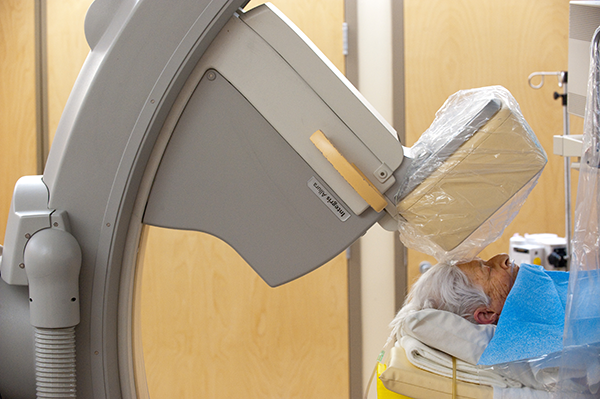
Lesson Objectives
- (Need to be provided - not on master list)
What is Interventional Radiology?
Minimally invasive non-surgical image-guided procedures
Image Guidance
- Fluoroscopy
- Ultrasound
- CT
- MR
- Or combination of these!
Vascular access
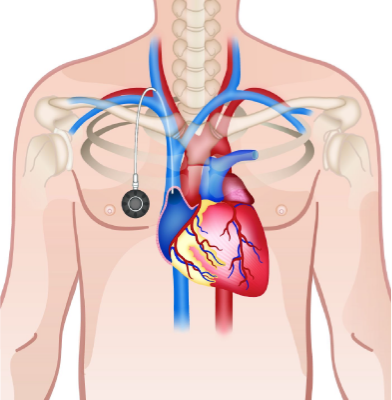
- Port placement
- Tunneled catheter placement
- PICC placement
- Uses combination of ultrasound and fluoroscopy
Emergency Interventions
- Embolization of traumatic bleeding vessel/organ
- GI bleed
- Thrombolysis of blood clots
- Abscess drainage
Neurointerventional Radiology
- Stroke thrombectomy
- Cerebral aneurysm coiling
- Vertebral compression fractures – bone cement injected into fractured vertebra to stabilize and relieve pain
- Kyphoplasty
- Vertebroplasty
Vascular Interventions
- Venous malformations
- Arteriovenous malformations
- Lymphatic malformations
- Varicose veins
Interventional Oncology
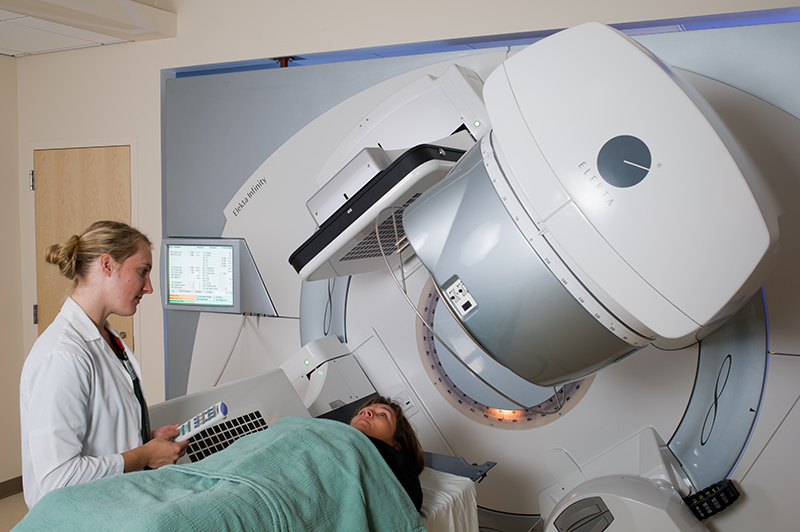
(images should be replaced with UVM Health images
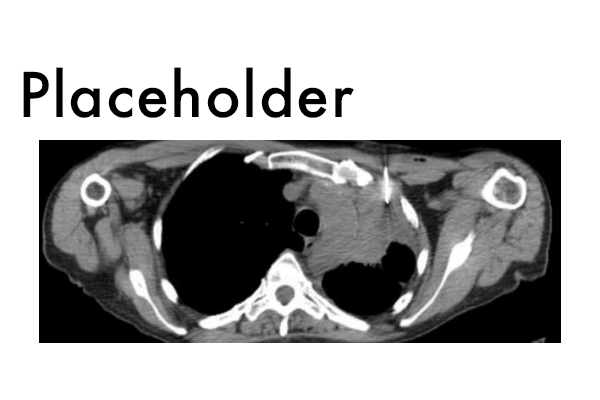
Image-guided biopsy
- Ultrasound
- CT
- MR – used less commonly
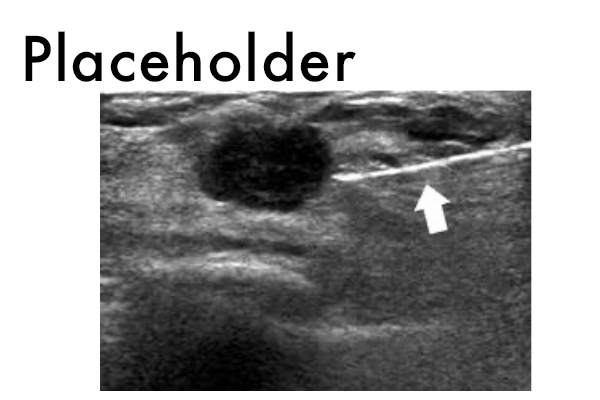
Thermal ablation of tumors – CT guided
- Cryoablation
- Radiofrequency
- Microwave•
Can be palliative option in patients who aren't surgical candidates
In appropriately selected patients, can be as effective as surgical resection
Endovascular embolization of liver tumors
- Chemotherapy beads
- Radiation beads (90Yttrium)
Hepatobiliary Interventions
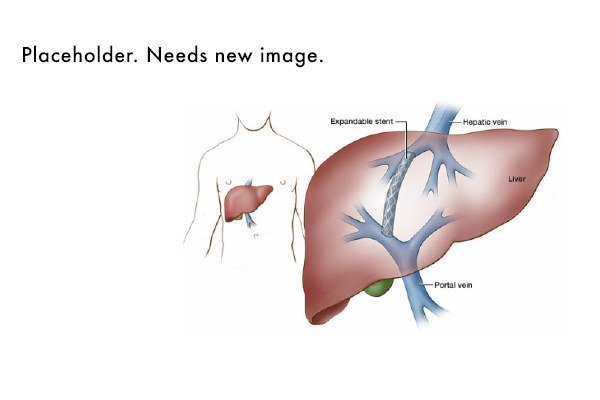
Paracentesis
Transjugular Intrahepatic Portosystemic Shunt (TIPS)
- •Used to shunt blood from portal vein to hepatic vein to decrease portal hypertension
- •Refractory ascites
- •Refractory variceal bleeding
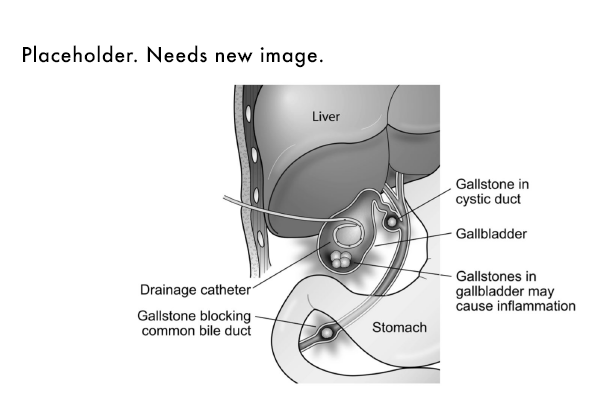
Percutaneous cholecystostomy
- Used for patients with cholecystitis unable to undergo immediate cholecystectomy
Biliary stent placement
Renal Interventions
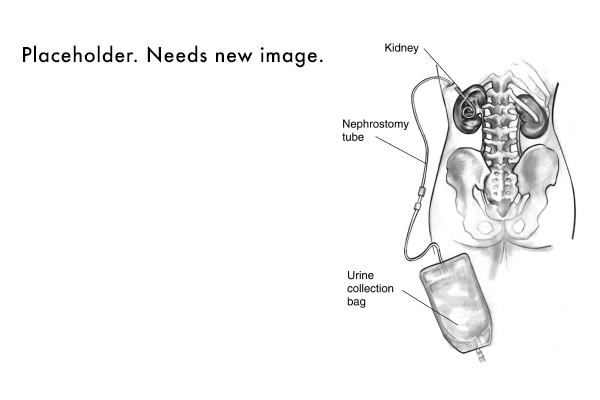
Obstruction – due to stones, tumor, or ureteral stricture
- Nephrostomy tube
- Ureteral stent
- Stone retrieval
Renal artery stenosis – leads to hypertension
- Renal artery angioplasty and/or stenting
Quiz
Summary
- Interventional radiologists perform procedures involving nearly every body system
- Non-surgical, minimally invasive
- Avoid morbidity of surgery
- Non-surgical candidates
Image guided
- Fluoroscopy (x-ray)
- Ultrasound
- CT
- MR








